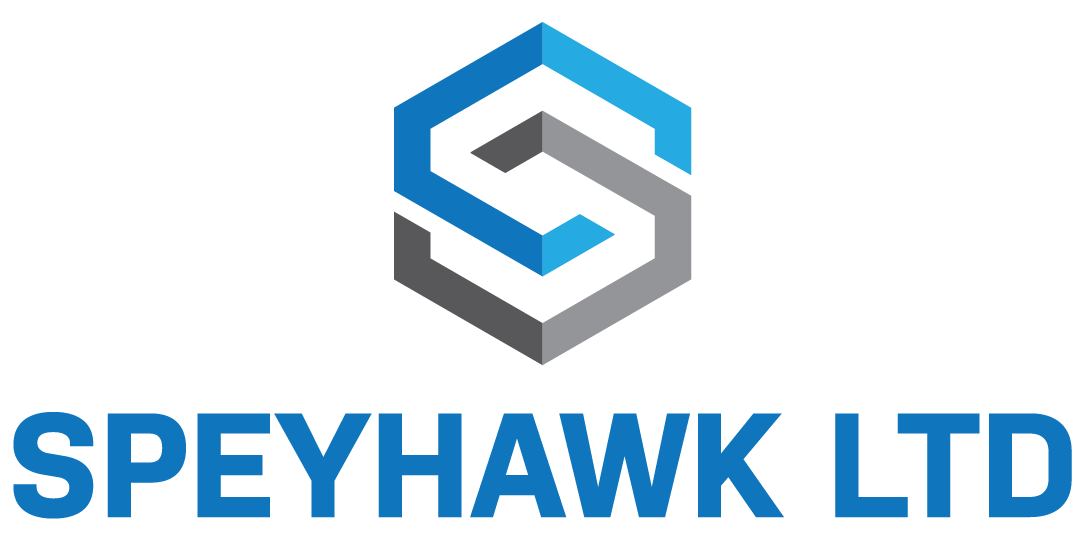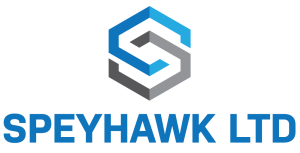How to write a decent CV for the Construction Industry by Speyhawk Ltd
It’s not the first time we’ve put together our thoughts on how to write a CV for the Construction Industry. In fact, it’s seven years since we wrote the last article and whilst the basic principles remain the same, there are some new practices creeping in that are probably best left.
Essentially, your CV needs to do one thing and that’s sell you or your services in an instant. Well within approximately the first ten seconds of a potential employer or recruiter picking it up (so the statisticians claim). To do this it needs to be clear, concise and catchy.
Is there a standard format to writing a CV for jobs in the Construction Industry?
What’s interesting is the array of CVs we see and rest assured I’ve read a fair few over the past twenty years in recruitment. There isn’t a standard format and everyone is different. It’s also easy to fall out of practice if you haven’t put a CV together for a while, especially if you’ve lost previous copies, with specific dates of employment or notable contracts. Try to be as accurate as possible and keep it to just one copy.
The basics of CV Writing
To make your CV stand out you need to follow the basics as per our article on how to Write a CV for the Construction Industry . Format is really important: –
Start with your personal details, followed by a short overview or profile about yourself, then list your employment history chronologically, from the most recent first.
In addition, add any notable projects, contract types and values. Try to avoid ‘key word stuffing’ and over labouring your duties. Whilst the recruitment process has become more mechanised and algorithmic for some, those in the industry or anyone with an understanding will soon be able to decipher a CV that has been written to capture words alone.
Things to avoid when writing a CV for the Construction Industry
Whilst I appreciate there are some sectors or industries that may call for you do something weird and wonderful with your CV. Construction is still traditional in that mindset, although marketing and technology is advancing rapidly within the sector. Try to avoid using pre-set templates, especially ones that are highly pictorial.
Emojis or Icons
Whilst a lot of emoticons or icons are widely recognised, it’s not down to the reader to decipher what can only be described as a cryptic clue of hieroglyphics. Where graphics or icons are used to list achievements, skills or hobbies. Rather than a simple list.
Rating yourself
Unless it’s an internationally recognised standard, I wouldn’t recommend it. For example, if you put your fluent in a language, 5 out of 5 (on your own merit). It can quickly be picked up. Gone are the days of people jumping on planes to attend interviews in far flung places without checking their credentials.
Highlighting
This goes back to the point above about key words. If you are applying to a role, there is no need to highlight every word in blocks that is relevant to the role advertised or to which you are applying. If your CV is set out clearly then anyone that picks it up should be able to extract the key information easily, without the use of highlighting.
Too Wordy
As a general rule you should try and keep your CV to two or three pages maximum. I appreciate it can be difficult to fit a lifetimes achievement into this space but it needs to be catchy. If you’ve written a solid page of content before you’ve even started to list your Work History/Employers, it’s a lot to digest. Whilst some recruiters or employers may want to tick every box, it can soon be apparent from a well written CV that you may well be capable of filling other suitable roles, opening up your options. This is how Speyhawk Ltd can assist you with your career search.
Attachments, Attachments, Attachments, Attachments
If you are applying to a role within the construction industry, unless it’s a trades role or stated otherwise, there is no need to include every certificate or accreditation you have. It could potentially slow your application down, due to the size of the files or it could end up in a junk folder as a result. Also, if you have half a dozen files with similar names, it’s difficult to decipher which one is actually your CV. Any relevant ID or Certification can and will be requested by the employer or recruiter when required.
Format
Whilst we have touched on the format or layout of your CV, different professions adopt different approaches. For example: – This is not the case for everyone and merely an observation and should be taken with the good will intended.
The Architect
Likes to create a portfolio rather than a traditional black and white text copy CV. Don’t get me wrong, in the right context it can aid an application, but I think it should be as an addendum, not your main CV. Whilst a picture can say many things, a generic picture of a building doesn’t depict your involvement. Employers want to know the part you played in building the thing. This also applies to detailed designs, have them as a separate file or as part of a portfolio that can be presented at interview.
The Estimator or Surveyor
Excel has been ingrained from an early stage in your career and rather than write your CV in a Word doc or text file. Your CV is written on a spreadsheet or in columns with coding that will cause the thing to implode if it’s altered in any way, shape or form.
Keep it Simple
To sum up my recommendation would be to write your CV in Word format, keep the font to an easily readable style, Arial or Times New Roman and of a decent size. Don’t over labour mundane responsibilities, fine to list them, but try not to replicate the same list under each employer.
If you are working for a household name its not so relevant. But if you are working for a smaller to medium size concern, new start-up or someone not so well known give a short overview of the business and what they do. You could even add a link to the company website for further information.
Also instead of using abbreviations for in-house terms or phrases that people may not know or recognise, use the full wording to save any confusion.
About Speyhawk Ltd
I hope this article helps anyone putting together a CV for the Construction Industry. For clarification we are a specialist construction recruitment business, not a CV writing service but happy to pass this information on to help people put their best foot forward when applying for Construction Jobs. If you are looking for a new role and would like our assistance with your career search, please call Jamie Pearson at Speyhawk Ltd or Upload your CV in strict confidence through our website.
ConstructionRecruitment.com (established since 2000) is our website address and a trading name of Speyhawk Ltd, Construction Recruitment.com Ltd.

